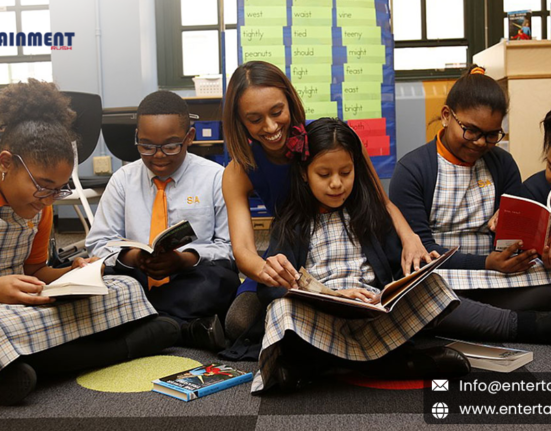In the vast landscape of American education, there exists an insidious and often overlooked crisis: the pervasive influence of poverty. While discussions about education reform frequently focus on curriculum, teacher quality, and standardized testing, the profound impact of poverty on educational outcomes remains a critical yet neglected issue.
The Reality of Poverty’s Influence
At the heart of this crisis lies a stark reality: poverty shapes every aspect of a child’s educational experience, from their access to resources and opportunities to their academic performance and long-term prospects. For millions of children across the United States, the barriers posed by poverty create a daunting uphill battle towards academic success.
Access Denied: The Tangible Effects
One of the most immediate and tangible effects of poverty on education is its impact on access to quality resources and support systems. In economically disadvantaged communities, schools often struggle with inadequate funding, outdated facilities, and limited access to technology and educational materials. As a result, students in these areas are denied the basic tools and resources necessary for a well-rounded education, placing them at a significant disadvantage compared to their more affluent peers.
Home Environments and Academic Performance
Moreover, poverty exerts a profound influence on students’ home environments, which can have far-reaching implications for their academic performance and overall well-being. Many children from low-income families face challenges such as unstable housing, food insecurity, and limited access to healthcare, all of which can contribute to chronic stress and hinder their ability to focus and learn in school.
Breaking the Cycle: Generational Impact
Furthermore, the cycle of poverty perpetuates across generations, as children from disadvantaged backgrounds are less likely to receive the support and encouragement necessary to pursue higher education and break free from the constraints of poverty. Without access to mentorship, guidance, and financial resources, many of these students find themselves trapped in a cycle of limited opportunities and diminished prospects for the future.
Addressing the Crisis: A Multifaceted Approach
Addressing the crisis of poverty’s influence on American education requires a multifaceted approach that recognizes the interconnected nature of social and economic inequalities. It requires investment in equitable funding for schools serving low-income communities, as well as targeted interventions to address the unique needs of students facing poverty-related challenges.
Building Partnerships for Change
Additionally, fostering partnerships between schools, community organizations, and government agencies can help provide wraparound support services that address the underlying social and economic barriers to academic success. By addressing the root causes of poverty and investing in comprehensive solutions, we can begin to break down the systemic barriers that perpetuate educational inequality and ensure that every child has the opportunity to reach their full potential, regardless of their socioeconomic background.
Urgent Action Required
The influence of poverty on American education is a pressing and often overlooked crisis that demands urgent attention and action. By acknowledging the profound impact of poverty on students’ educational experiences and addressing the systemic inequalities that perpetuate educational inequity, we can work towards creating a more just and equitable education system for all.






Leave feedback about this